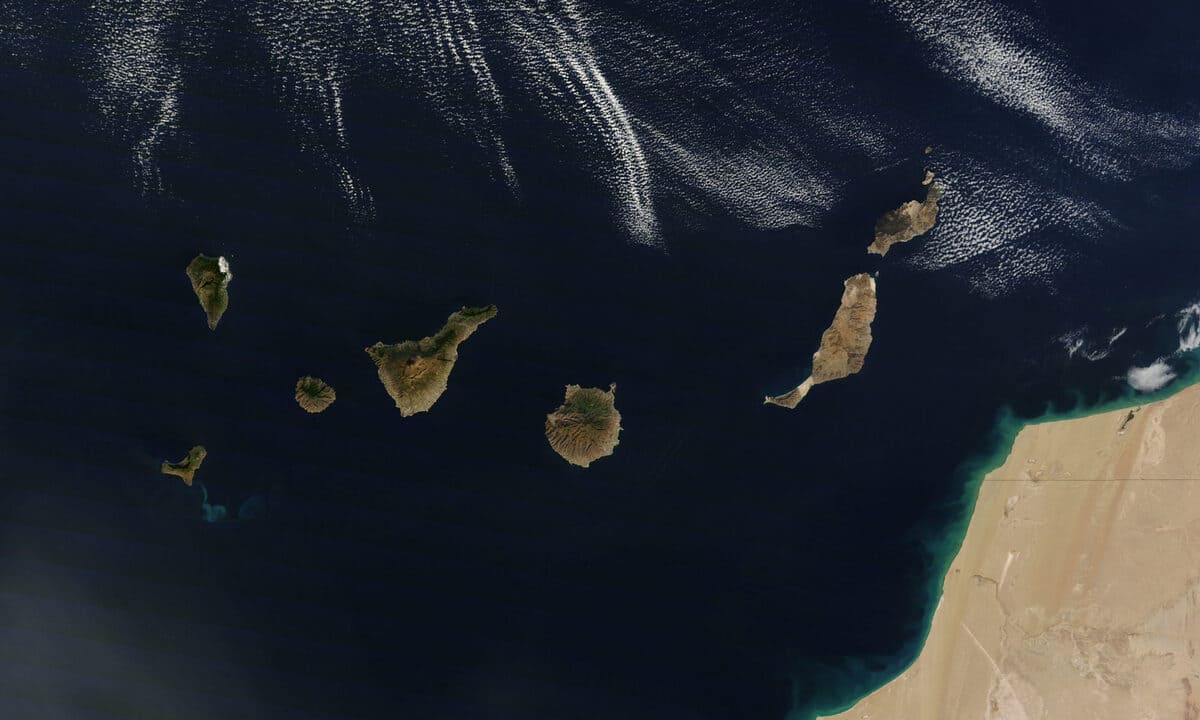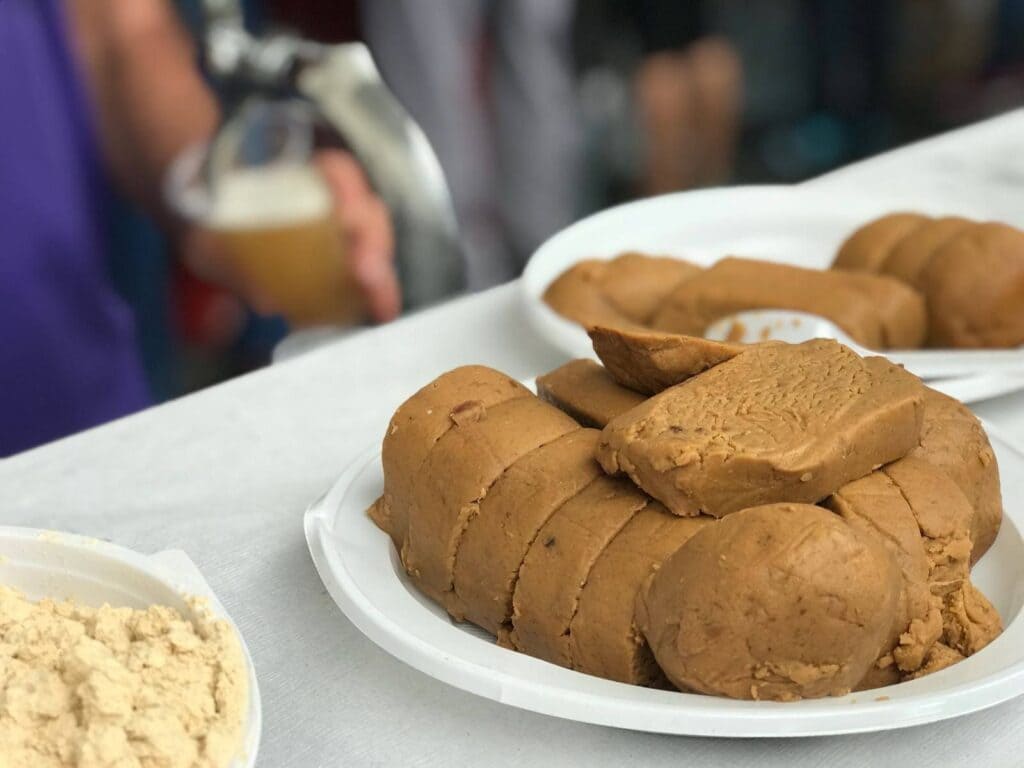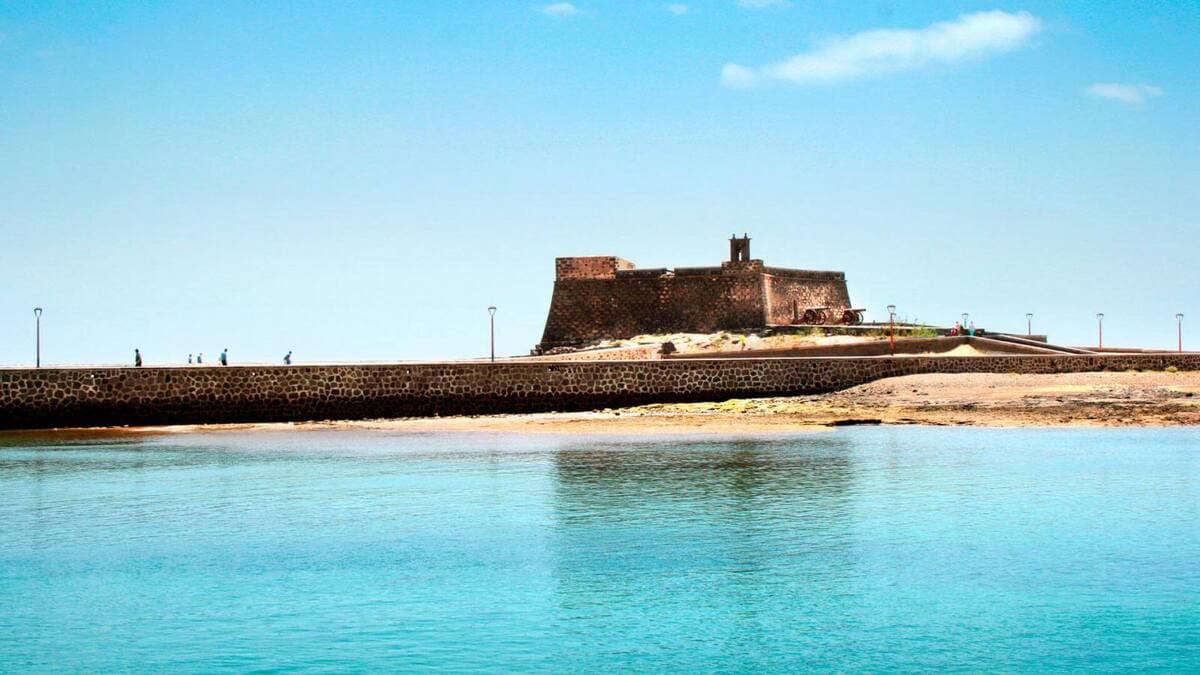Tenerife honey is the honey produced by honey bees on the island of Tenerife. This honey is produced by the insects from the nectar of flowers or from secretions of other parts of the plants that grow in the different ecosystems of the island. These are located in hives with movable frames and the honey is not subjected to thermal treatments during its processing.
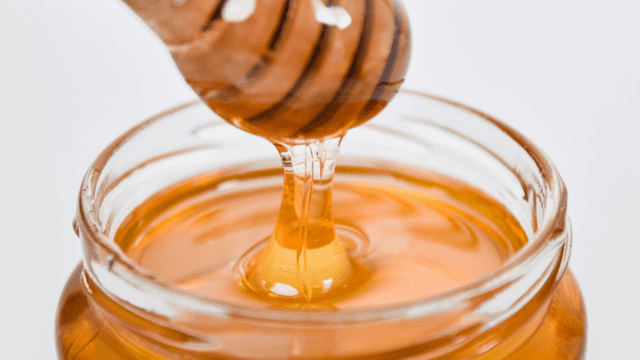
Honey in history and its different classifications
Honey is one of the basic foodstuffs of mankind, like bread and wine. It is present in all cultures as the first known sweetener until the advent of sugar. Its relationship with the bee is very clear, but from the point of view of its composition, honey is a supersaturated solution of sugars. It is a fundamentally energetic food, the only food rich in carbohydrates of animal origin.
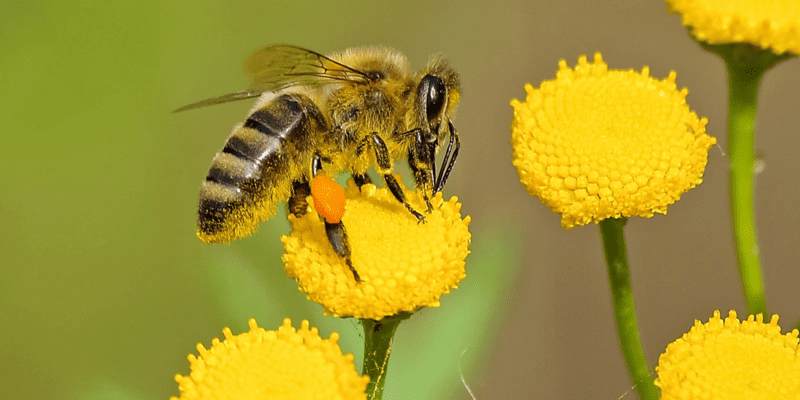
Natural honey is produced by different species of bees. They obtain honey by means of the nectar of flowers and by secretions released by these bees. Honey is obtained by a process of combining substances that the insects transport, concentrate and store in their honeycombs. Subsequently, beekeepers are responsible for extracting the honey from the honeycombs with great care and delicacy to take this rich food to our homes.
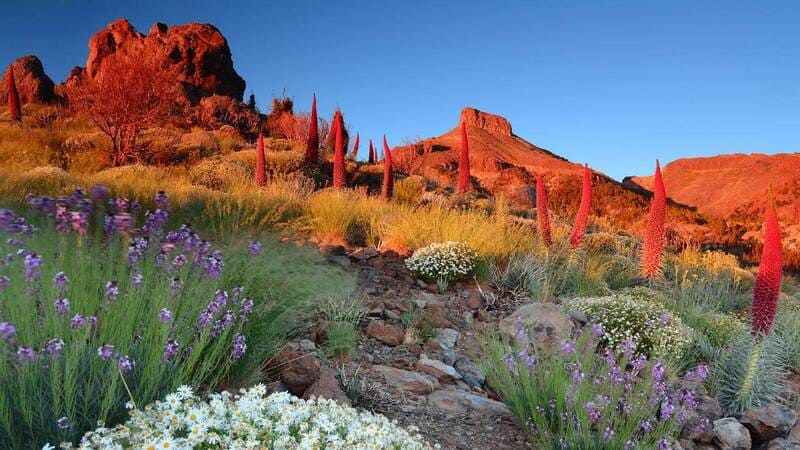
Honeys can be classified according to different criteria, the most common from the market point of view is the botanical origin. Thus, we can distinguish three types of honeys according to the origin of the raw material used by the bees to produce it: Flower honey, obtained from flower nectars. Honeydew or honeydew honey, obtained from secretions of the living parts of plants or excretions of plant-sucking insects. And forest honey, a mixture of both flower and honeydew honey.
What is the DOP Miel de Tenerife?
The Protected Designation of Origin "Miel de Tenerife" covers only those honeys that have been produced, conditioned and packaged in the defined geographical area, in farms registered in the corresponding registry and that comply with the rules established in the Specifications.
APITEN, Association of Beekeepers of Tenerife, is the management body of the Protected Designation of Origin: DOP Miel de Tenerife.
Characteristics of Tenerife Honey
Tenerife Honey is characterized by a great variability of colors, flavors and types. The geographical area of production of the honey covered by the PDO covers the entire territory of the island of Tenerife. This includes its multiple microclimates and a rugged topography that presents different vegetation floors of a remarkable floristic richness full of endemic species.
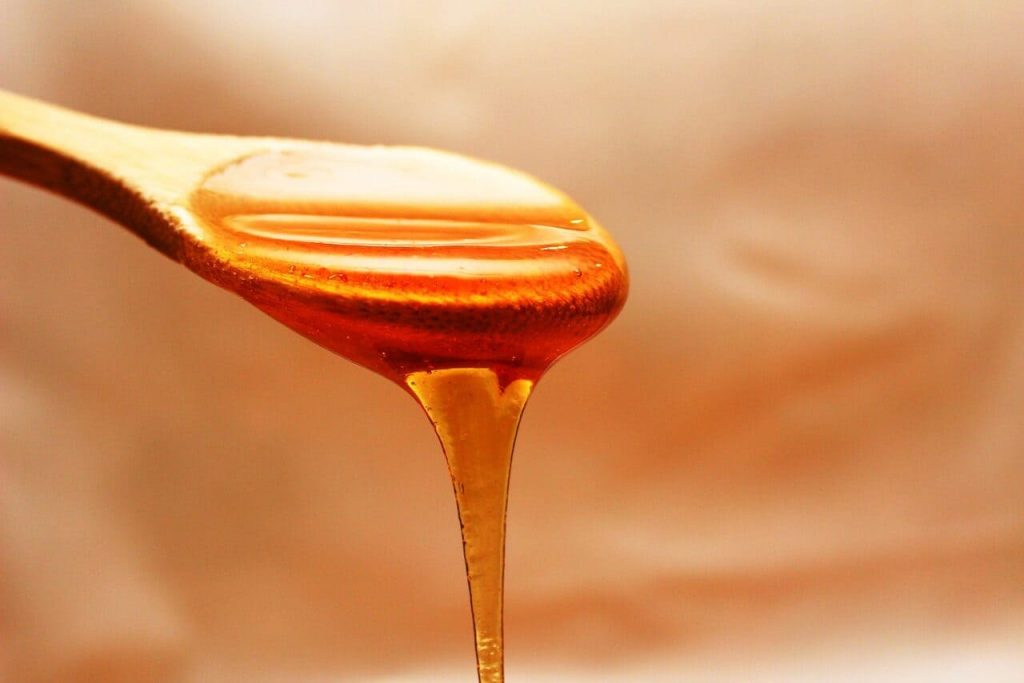
Honey from the island of Tenerife can be multifloral, i.e., without a predominance of characteristics of a specific botanical species, but a mixture of several. Monofloral, with a predominance of the characteristics of a particular botanical species and with organoleptic, physicochemical and melisopalinological qualities established in the specifications for each type. And a third type, honeydew honey.
Honey and the different types of honey covered by the PDO
The Canary Islands are like miniature continents, with their different orographies. The varied volcanic soils have developed over time a flora of great variety and unique characteristics full of endemisms and that are configured in floral combinations that do not exist anywhere else in the world.
Since April 10, 2012, Tenerife Honey enjoys transitional national protection, being the third existing PDO for honey in Spain. The PDO Miel de Tenerife includes 13 varieties of monofloral honeys: Retama del Teide Honey, Tajinaste Honey, Avocado Honey, Chestnut Honey, Heather Honey, Relinchón Honey, Barrilla Honey, Fennel Honey, Pennyroyal Honey, Agave Honey (Pitera), Malpica Honey, Tedera Honey and Miel de Mielada.
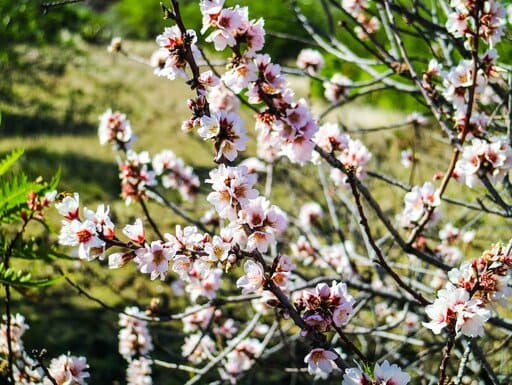
The honeys protected by the PDO Miel de Tenerife are fresh honeys, which have not undergone intense heating in their processing and which reach the consumer in full strength, maintaining the original characteristics and properties conferred by the flowers and bees of Tenerife.
If you are interested in the world of products made in the Canary Islands and want to know more about them, here are several articles related to Canarian cheese: Denomination of Origin of Canarian cheeses; Queso de Flor, wonder of Gran Canaria; Almogrote, everything you should know about Canarian cheese pate.
Paula Vera.
Photos: inventariodietamediterranea.com; admagazine.com; lagavetavoladora.com; holaislascanarias.com
